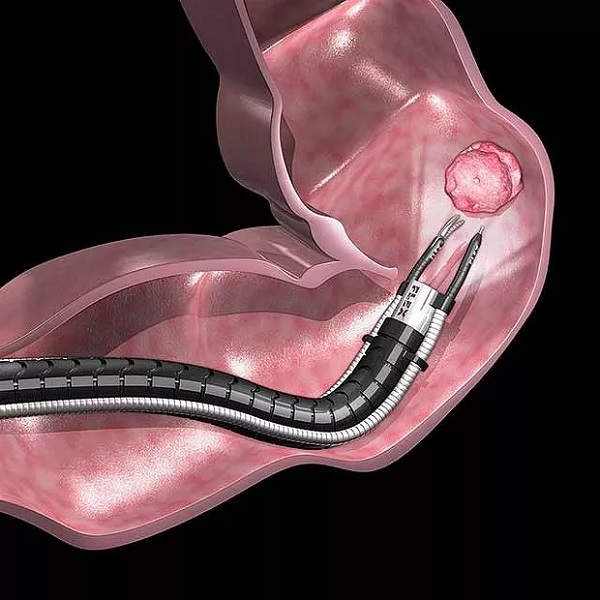4 Alternate treatment options besides medications for kidney stones
Advertisement
When kidney stones don’t pass out with medication, surgery is the next option. One such surgery involves breaking up the kidney stones within the kidney by blasts or shockwaves from a laser. However, the biggest pieces can sometimes still remain intact. Even if you pee out the broken-up stones, it can feel like you are peeing out “shards of glass.”

Img Src: everydayhealth.com
3 Sometimes, a ureteral stent is placed in your ureter
Advertisement
In some cases, a stent is put inside the ureter to open the way from the kidney to the bladder. The stent can remain in for two weeks, or more or less. Ureteral stents are tubes made of plastic that are 10 to 15 inches (25 to 38 cm) long and are put through the urethra all the way to the kidney to let urine flow back to the bladder.

Img Src: thuocdantoc.org
2 These stents prevent post-surgery blockages
Advertisement
In many cases where kidney stones were removed, a ureteral stent is used to keep the ureter from becoming blocked again by swelling after kidney stone removal surgery. The stent is inserted when the patient is heavily sedated, but the patient remains awake and conscious when it is removed.

Img Src: tiempo.hn
1 When does surgery become the only option?
Advertisement
If a person can’t pass a kidney stone on their own, they need surgery. The Federal Drug Administration (FDA) recently introduced a robotic-assisted endoscope that can use lasers to break up kidney stones and vacuum up the pieces. Averch was a consultant on the technology.

Img Src: onedio.com